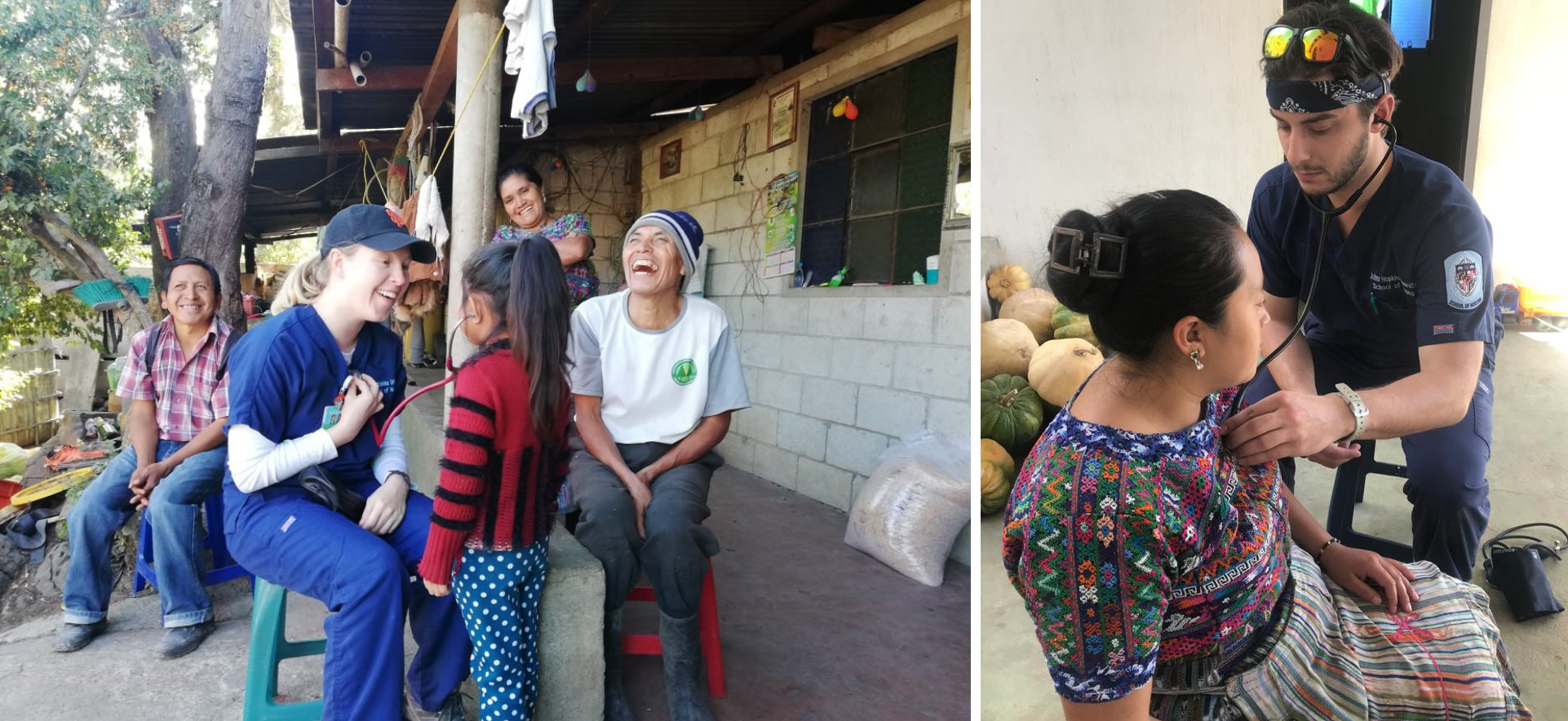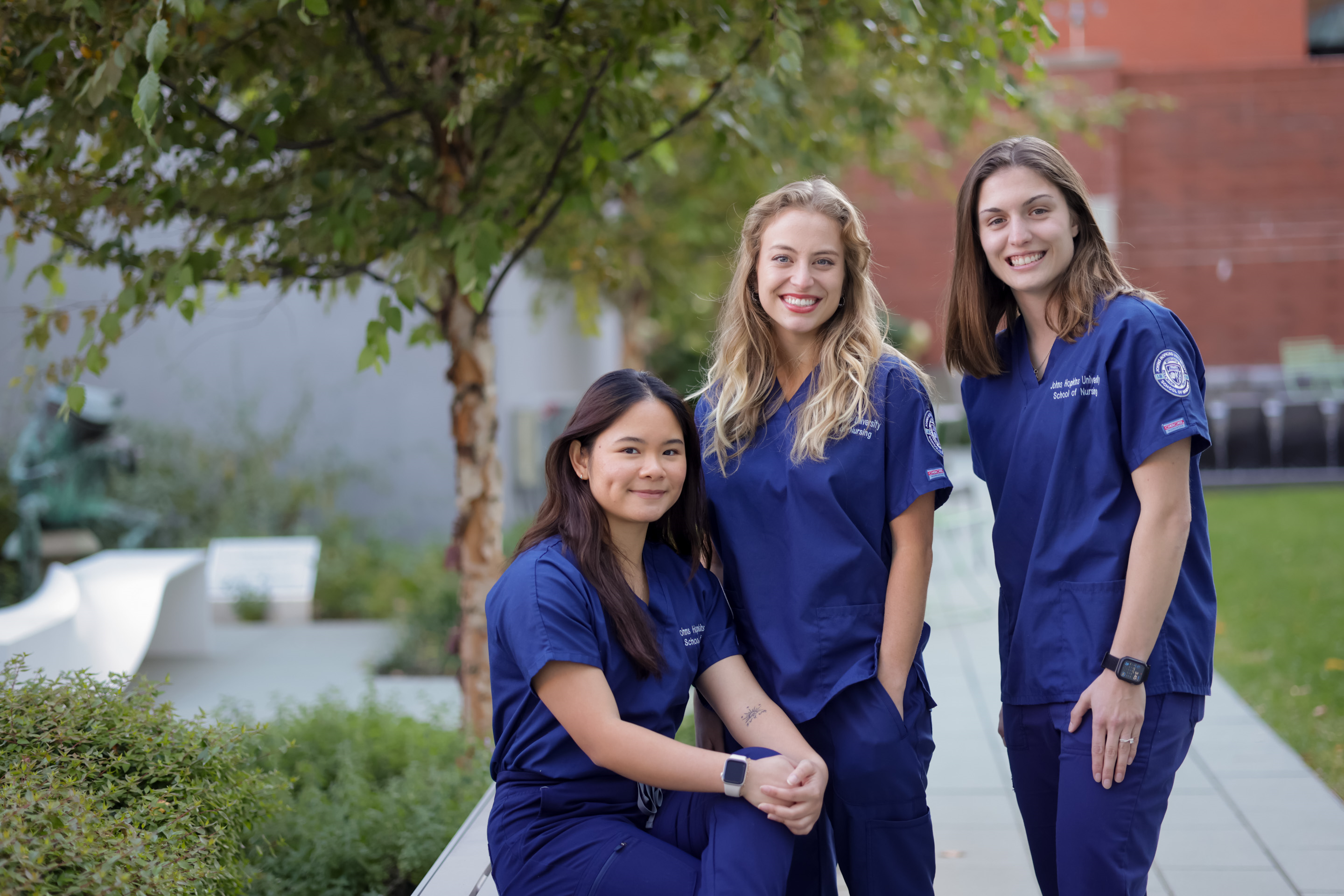Open mind led public health grad to seek PhD among nurses.
Written By Danielle Kress | Photo by Chris Hartlove
From the outside looking in, it might seem a bit out of step for Max Thayer, a non-nurse, to pursue his PhD degree at a nursing school. But, for Thayer, the decision was all about the people. He knew he would get to work with impressive faculty whose areas of study directly aligned with his. And he recognized that nursing was the best of both worlds, a combination of science and methodology with hands-on application and care. So, he joined a steady trickle of non-nurse PhD candidates or postdocs that’s increased as the Johns Hopkins School of Nursing’s PhD Program has expanded its depth and reach.
“I kept an open mind about where to go to school,” explains Thayer, the former psychology major and public health grad. “When I was getting my master’s degree in public health, I learned a lot about methodologies and I knew I wanted to go into research. But I wanted a place where I could actually apply what I had learned. The Johns Hopkins School of Nursing was my opportunity.”
In a program full of nurses, Thayer admits that he often stumbles over some of the profession’s acronyms but, besides that, says he feels right at home.
“We can get caught up in the disciplines and think, ‘If you’re a nurse, you must be against physicians, or vice versa.’ But when you consider the pursuit that we are all engaged in, to take care of people, the categorizations are not that important. For me, where I picked to do my PhD had to do with the group of people I wanted to work with, and I couldn’t have found a group of better people in a better place.”
Now in his third year of the program, Thayer is working to develop a decision aid for patients with advanced-stage prostate cancer, past the point of a cure. People are often faced with difficult treatment decisions that have no proven right or wrong answer. With the tool, patients are guided through what treatment options look like, openly disclosing their risks, costs, and benefits. The goal is to draw out what is most important in the treatment they choose.
“If successful, there’s potential that one day something like this could be incorporated into the electronic health record. The more we are able to assign numbers and objective measures to health preferences, the better we will become at developing algorithms that facilitate machine learning, predict these types of decisions, and advance the future of care.”

 Forging Policy: How Can Doulas Improve Black Maternal Health?
Forging Policy: How Can Doulas Improve Black Maternal Health? Guatemala Re-visited: Rainwater Project Shows Value of Service-learning Trips
Guatemala Re-visited: Rainwater Project Shows Value of Service-learning Trips My First Teachers in Nursing School Weren’t Nurses
My First Teachers in Nursing School Weren’t Nurses Awards for Diversity
Awards for Diversity Military to MSN and Back: A Select Few
Military to MSN and Back: A Select Few






